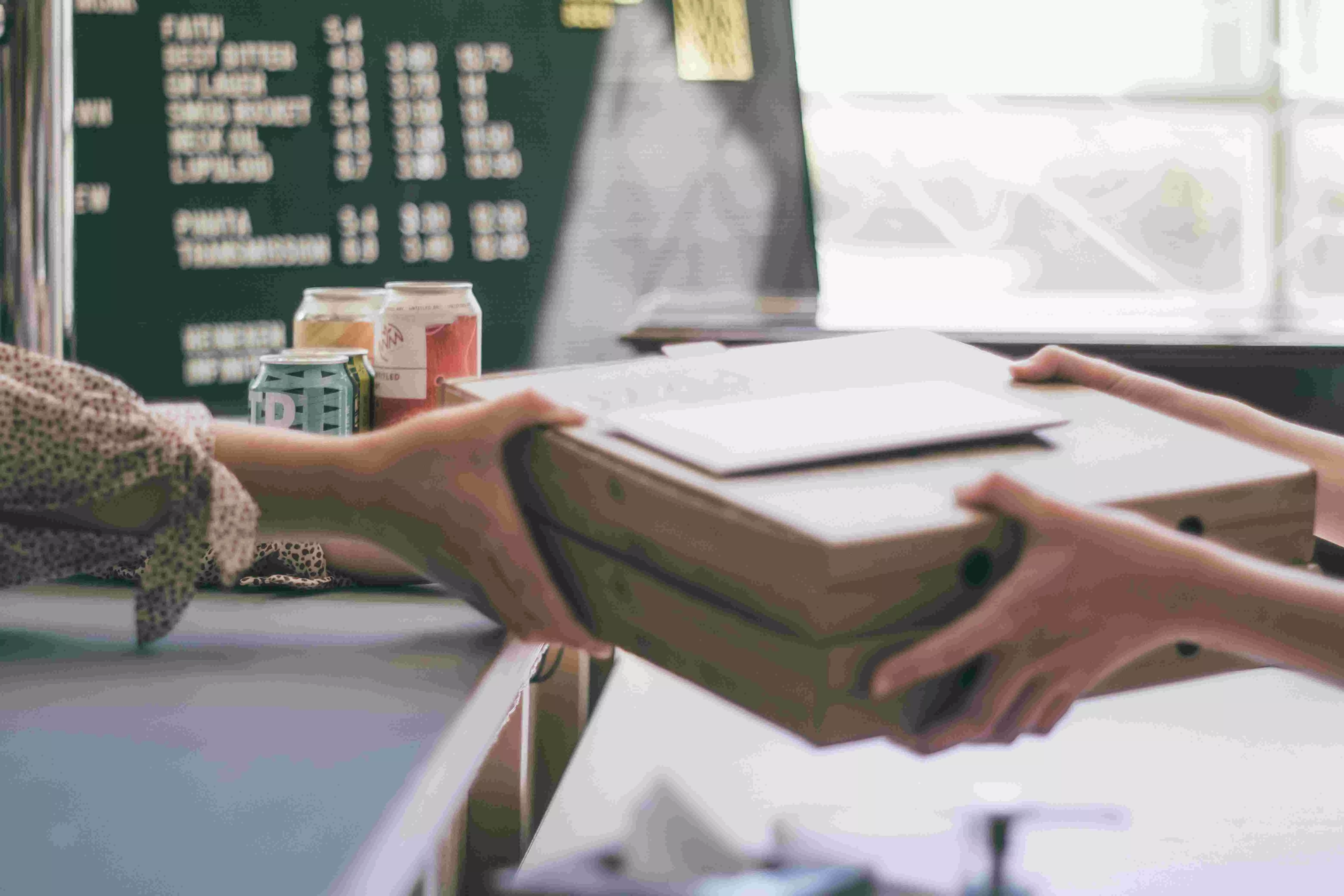Talking Shop: When you return stuff
What happens when you buy things online, only to return them quickly? You’ll be quite surprised—you are creating a ‘reverse logistics’ industry worth billions

“Online shopping wins as
I can do it in pyjamas while
watching television. Plus
something about clicking
‘buy’ never feels as serious
as swiping my credit card,
thanks to free returns.”
―budget FASHIONISTA
Ever since the COVID-19 pandemic besieged us, I began my journey of buying things online. This included fruits and vegetables, leather sneakers and T-shirts, pots and pans, glasses and groceries, anything that caught my fancy and some indolent indulgences, just for the heck of it. Once in a while, rarely though, I would return stuff that I wasn’t pleased with—I was pleasantly surprised that the agent would pick up the stuff almost as soon as I hit the button ‘return’ and the payment made by me would happily rush back into my slothful bank account. It was a win-win for me, as also for millions of fellow Indians. Sit at home, watch the telly and order anything and everything under the sun, assured that if you didn’t like it, you could play God and watch the ‘returns’ magic unfold from the Cloud(s).
That set me thinking; what happens to the stuff that you and I send back to the makers, literally—does it get repackaged and arrive at another doorstep, waiting for divine acceptance and approval the second time around? I did some research and was astounded by the results, especially after I read a recent piece in The New Yorker, referred to me by a learned friend. I was shocked to discover that forest-loads of Christmas trees go back to the warehouse every January in the United States; large-screen televisions are returned soon after the culmination of sporting events; ‘emergency’ weather purchases are returned soon after the said emergency is over; scores and of clothing and accessories (with stains and all) are back in godowns after the festive season is done with and dusted. It is a long list, turning into a near pandemic of kinds, but it is creating a new billion-dollar sector worldwide—the ‘reverse logistics’ industry.
What is reverse logistics?
Well, it primarily means the quasi-inappropriate behaviour of supply chain management and the product lifecycle, when goods and products move back from customers back to the sellers or manufacturers. Leaving grandiose verbose out, it denotes the unique situation (not so anymore, as you shall learn) where a customer receives a product and decides to return it for whatever reason, and reverse logistics kicks in. It starts with the end-consumer, moves backward through the supply chain to the distributor or to the manufacturer. It can also include processes where the end-consumer is responsible for the final disposal of the product, including recycling, refurbishing or resale. Whew. Customer is King indeed.
Here’s some more ‘gyaan’—organizations use reverse logistics to move products from their destination back through the supply chain to the seller and perhaps even back to the suppliers. The goal is to regain value from the product or dispose of it. Get a load of this—worldwide, returns are worth almost a trillion dollars annually and are becoming increasingly common with the rapid growth of e-commerce. The objective of reverse logistics is to recoup value and ensure repeat customers. Here’s a comparison of in-store purchases, where barely 10 per cent of goods are returned; and online purchases, where over 30 per cent of items ordered are returned. Some savvy companies are now even using reverse logistics to build customer loyalty and repeat business, minimizing their losses related to returns. And since most companies involved in online sales prefer to outsource this work, this is ironically creating employment for thousands.
What happens to returns?
In a nutshell, they are ‘repurposed’. Let’s be plain and simple here, that does not mean that they go back to the shelf for sale to someone else; all returned items are subjected to inspection and checks, subjected to what Amazon, for instance, calls ‘triage’. Nikos Papaioannou, who manages returns of Amazon’s house-brand electronic devices, recently said in an interview that all items returned are subjected to triage, beginning with a study of their condition. How many of these ‘returns’ are put back on the shelf, you ask? “It’s minimal,” Papaioannou said in his response. “It is dependent on the product category; if the seal has been broken, if the wrap is not intact, then it is not going back on the shelf.”
You will be shocked to know that most returned items were, till recently, destroyed or stuffed in landfills, including clothes, defective gadgets and even luxury items. Not anymore, for the going is getting tough for everyone worldwide (including in India), forcing companies to seek more efficient ways to manage the rejects of runaway consumerism, growing online shopping mayhem and the resultant detritus; and here enters the ‘reverse supply chain’. The moral of the story is that online shops are now making it easy for consumers to buy and reducing the risk, thereby hoping to land themselves a lifetime customer. Sure, they are also fending for themselves. They have to, for without them, we won’t have anywhere to shop indulgently and return. The key is volume with velocity, backed by predictability. Many online retailers now contract smaller outfits and repackage thousands of returns, sending them to secondary channels. Does that remind someone of our own Sarojini Nagar and Lajpat Nagar markets in Delhi, or the roadside shops near Fort or at Andheri in Mumbai?
What happens in India?
Well, some more research threw up interesting facts, the key being that Indians are beginning to catch up on the returns fetish. The bug of ‘free returns’ has bitten us hard and has our online shoppers quite delighted, if numbers be believed. Every day, India’s online-shoppers return at least 25 per cent of apparel purchased, 30 per cent of footwear items and over 15 per cent of fast food. You want more (who doesn’t)? Indian shoppers return 10 per cent of fruits and vegetables, 20 per cent of household and kitchen items and 25 per cent of bags, animal food paraphernalia and toiletry products. Things are coming to a head where many online retailers are either putting a ceiling on the ‘returns window’ or blacklisting Indians who return items on a regular basis—talk about the latest ‘shame-list’.
Perhaps this quote from Mindy Kaling sums it up best: “I stupidly memorize my credit card and use it about thrice weekly for online shopping. The only reason I don’t bankrupt myself is that I return about 75 per cent of what I buy.” Well, this is not just about Mindy keeping herself looking great and yet remaining financially afloat—she’s now part of a new generation that is providing employment to thousands of people every once she (and her sisters and brethren) returns stuff bought online. Incidentally, the maximum number of returns is always reported in the United States, with estimates of around 40 per cent. India, as I mentioned, is fast catching up. As a corollary, the Japanese hardly return anything bought online. Chew on that for a bit. And my dear Indians—let me not spur you the wrong way.
The writer is a veteran journalist and communications specialist. He can be reached on [email protected]. Views expressed are personal



